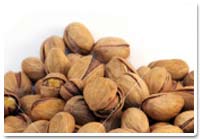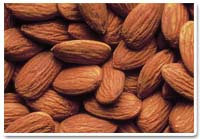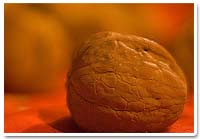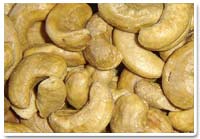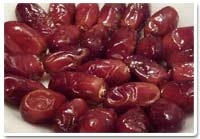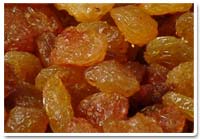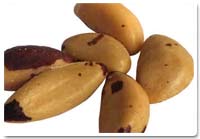Pea Nut
A Brief Overview
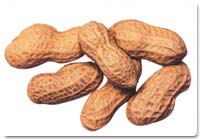
Usually they are eaten outside where it doesn’t matter if the shells are tossed or spit on the ground. Peanuts make for a popular snack and are also used to make cooking oil and peanut butter. They are also an ingredient in many Asian dishes.
What are Peanuts?
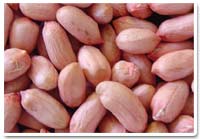
Based on branching order and pattern and the number of seeds per pod, peanuts are divided into manily into the following three categories, which are as follows:-
- Virginia – 2 seeds
- Valencia – 3 to 6 seeds
- Spanish – 3 seeds
Brief Historical Background
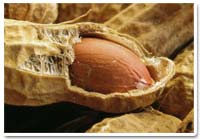
The cultivated peanut was likely first domesticated in the valleys of the Paraguay and Prarana rivers in the Chaco region of South America. The plant is believed to have been originally domesticated by predecessors of the Arawak- speaking peoples who now live in its homeland.
Peanuts were grown as far north as Mexico by the time the Spanish began their exploration of the New World. When the explorers returned to Spain, they brought peanuts with them. After wards, it were the traders who were responsible for spreading peanuts to Africa and Asia.
The first written account of the crop is found with the Spanish entry into Hispanola in 1502, where the Arawak cultivated under the name of mani. Records from Brazil around 1550 showed the crop was known there with the name mandubi. Early Spanish and Portuguese accounts record the presence of crop through of the West Indies and South America.
Nutritional Value of Peanuts
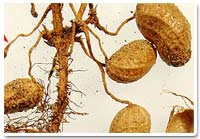
- Protein- Peanuts contain high quality plant protein. When comparing peanuts to similar foods, peanuts have more protein than any other legume or nut. This is especially important for children, vegetarians and people eating more meatless meals.
- Unsaturated Fat – Peanuts contain mostly beneficial monounsaturated and polyunsaturated fats. These fats as compared to saturated fats have been shown to help lower blood cholesterol levels. Lowering your blood cholesterol level may reduce your risk of coronary heart disease.
- Fiber – One ounce, or one small handful of peanuts contains 2 big grams of fiber. This is 9% of the fiber you need each day!
- Vitamin E – One ounce of peanuts provide 16% of your daily need of vitamin E. Vitamin E has been shown to act as an antioxidant which may reduce the risk of coronary heart disease.
- Minerals – Peanuts are an important source of essential minerals such as magnesium, copper, phosphorus, potassium and zinc. Some of these “hard to find” minerals such as copper and magnesium may protect against coronary heart disease.
- Vitamin B – B vitamins such as folate can help prevent birth defects. They also reduce amounts of homocysteine in the blood that may be a risk for heart disease. Peanuts are a good source of folate.
- Phytochemicals – Phytochemicals are natural substances in plants which may provide a wide range of health benefits such as reducing the risk of coronary heart disease. Peanuts contain resveratrol which is one of the many phytochemicals found in plant foods.
Major Peanut Producing Countries
- Africa: Benin, Burkinafaso, Cameroon, Chad, Egypt, Gambia, Ghana, Guinea, Malawi, Mali, Mozambique, Niger, Nigeria, Senegal, Sudan, Tanzania, Uganda, Zaire (Democratic Republic of Congo), Zambia, Zimbabwe
- Asia: China, India, Indonesia, Myanmar, Pakistan, Thailand, Vietnam
- North America: Mexico, United States of America (USA)
- South America: Argentina, Brazil.
Salted Peanut Crisps
Ingredients / Tools
- 1 cup shortening (part butter)
- 1 1/2 cups light brown sugar packed
- 2 eggs
- 2 tsp. vanilla
- 3 cups sifted flour
- 1/2 tsp. baking soda
- 2 cups salted peanuts
Preparation
- Heat oven to 375 degrees.
- Mix shortening, brown sugar, eggs and vanilla.
- Sift together flour, soda, salt and stir in
- Stir in peanuts.
- Drop by rounded teaspoonfuls about 2 inches apart onto lightly greased baking sheets.
- Flatten with bottom of glass dipped in water, then in sugar.
- Bake 8-10 minutes. Makes about 6 dozen.






